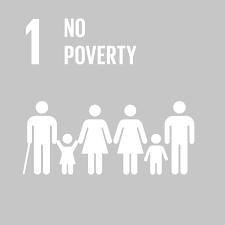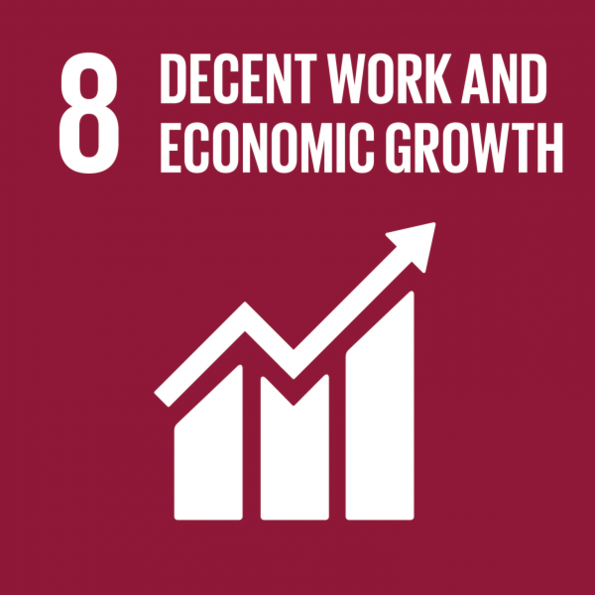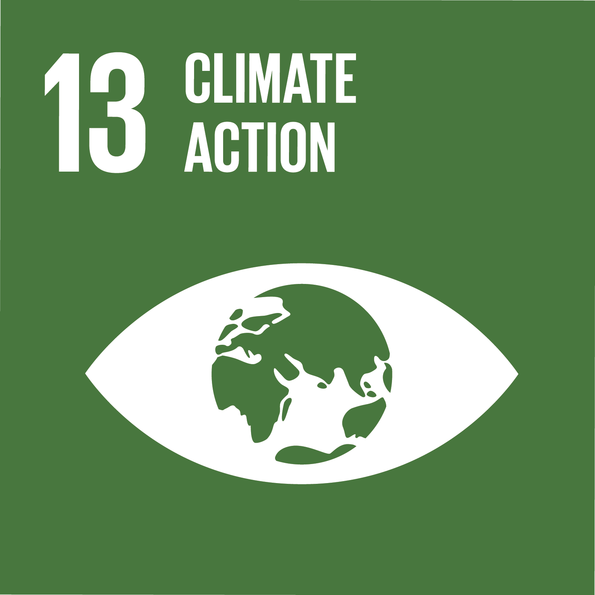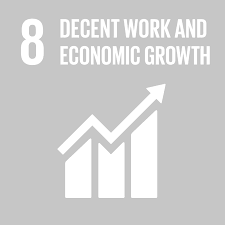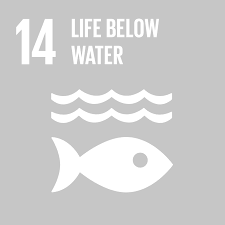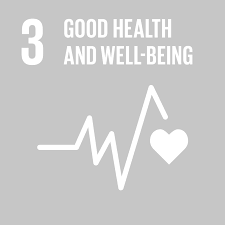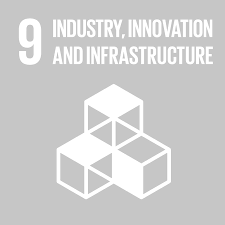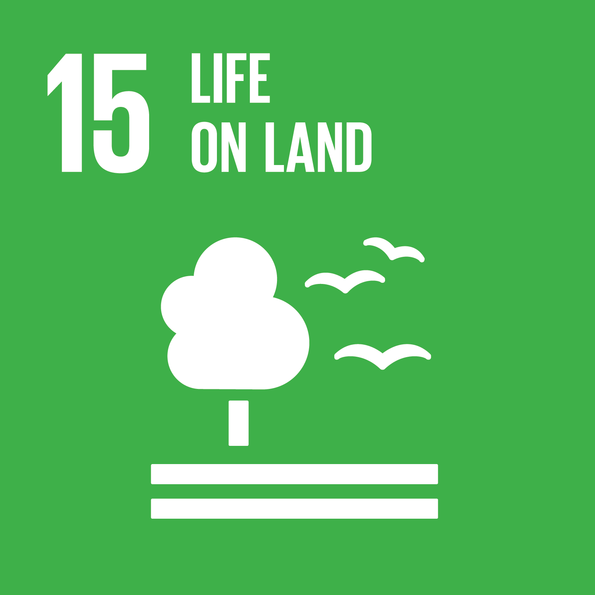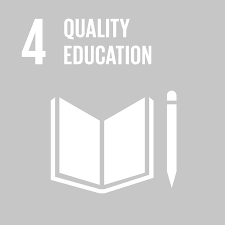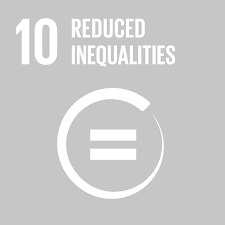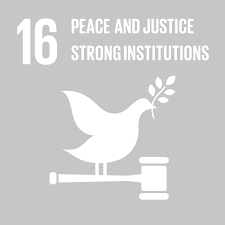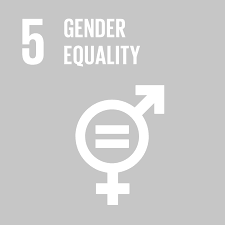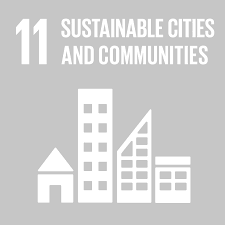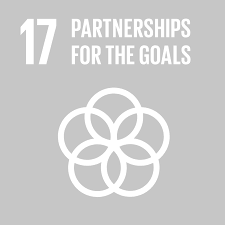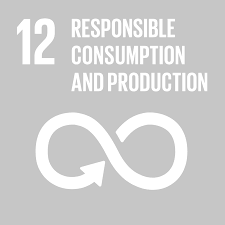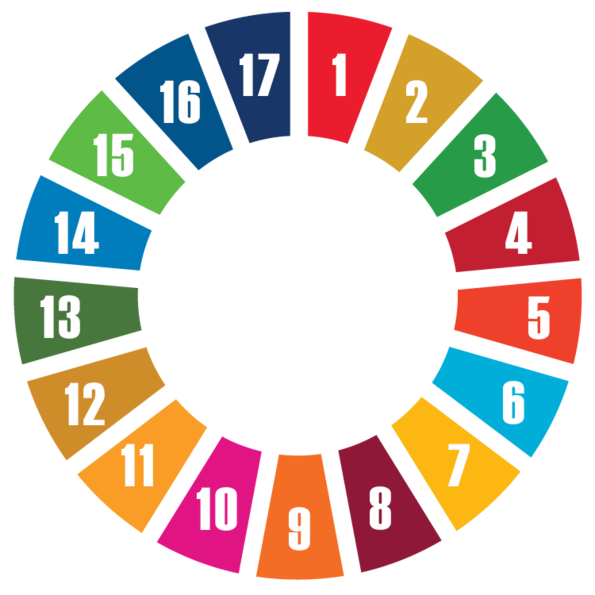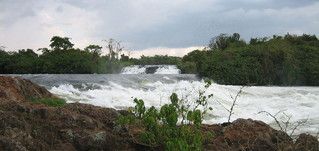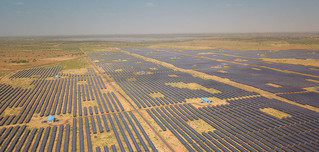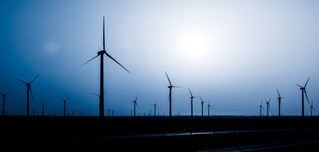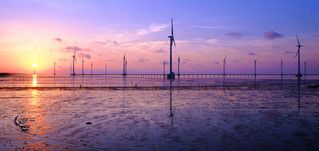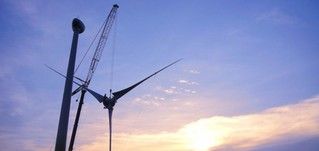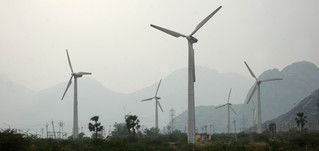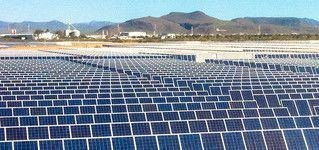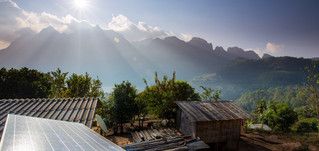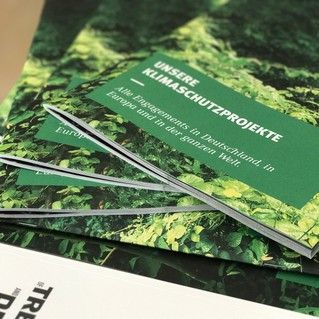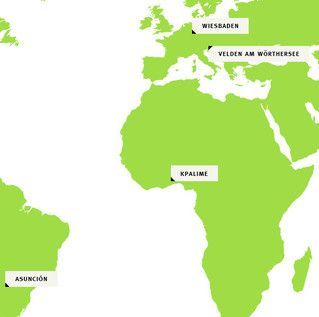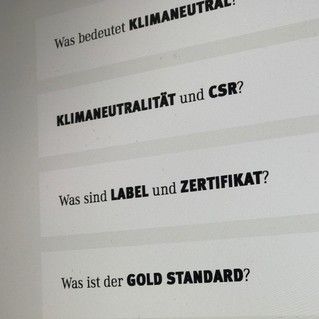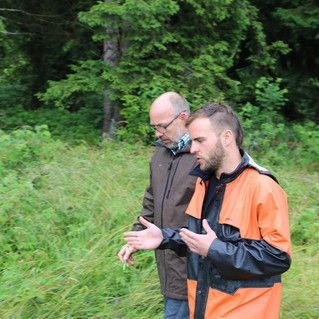18 MW KEMPHOLE MINI HYDEL SCHEME (KMHS)
Stream due to natural water flow of the river Kemphole.
Karnataka, INDIA*
The project uses horizontal Francis turbines to generate electricity in a sustainable way without having a negative impact on the environment. The use of renewable energy sources for power generation thus contributes to the reduction of greenhouse gas emissions. The project's location in the dense forests of the Kemphole Reserve and the natural gradient there are very favourable for the project.
There are no residential areas in the immediate vicinity, so it was not necessary to relocate the local population and carry out the associated rehabilitation measures.
As this is the first project in the Netravathi river catchment area and is also located in difficult terrain, no data was available in advance to assess the energy potential. Many technological and structural innovations were introduced as part of the project, such as the use of an automatic cleaning system for the rack. In addition, the project is located in a very hilly area, surrounded by dense forest, with no possibility of power evacuation over a distance of 29 kilometres. The promoter therefore had to construct a transmission system (with 124 pylons) to carry the electricity to the nearby substation.
In addition to power generation, the project offers several other benefits:
- Sustainable development by utilising the renewable hydropower resources available in the project region.
- Contribution to meeting the electricity needs of the grid in the
- southern region.
- Protecting the environment and its natural resources and thus avoiding the burning of fossil fuels such as coal or oil to generate energy by utilising renewable energy sources.
*indiA
Climate protection taken seriously - with its own coal exit law
According to the Climate Protection Index 2017 (Germanwatch), India is ranked number nine places overall (!) In Germany in the international climate protection ranking.
And although India is one of the top ten emitters of carbon due to its 1.3 billion population, its per capita emissions are still at a relatively low level. Nevertheless, the country's emissions are currently rising rapidly. Although about 25 percent of the rising energy consumption is covered by renewable energies, there is still enough room for improvement.
India's government wants to quadruple the share of renewable energies by 2022. Electricity from solar collectors is already the cheapest source of electricity in India today. By 2026, all coal power plants are to be abolished. In 58 developing countries, including India, electricity from wind and sun is already cheaper than electricity from fossil fuels. (Bloomberg)
With our climate protection projects from India, we support the climate protection efforts of the central government, which has been playing a pioneering role for years now compared to Germany. Germany, as alleged climate protection pioneer subsidizes today, and probably the next decades, the brown coal electricity generation with billions of taxpayer money.


